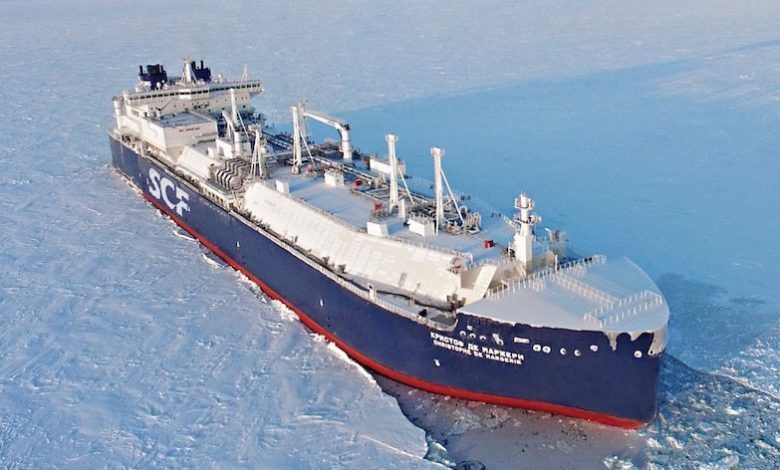88-day opening of the Northeast Passage sets new Arctic record

Japan’s Weathernews has reviewed the ice conditions in the Arctic Ocean for 2020 and found that the Northeast Passage, the Russian side of the Northern Sea Route (NSR), was open for a record 88 days.
“This summer, the Arctic region saw record-breaking heat, and the sea ice area around Russia decreased more significantly than usual,” Weathernews noted in a release today.
According to the Colorado State University, the average temperature in May, July and August north of 70°N was the highest on record leading to the earliest ever opening of the Northeast Passage on August 2. The shipping route closed for the year on October 28.
Nevertheless, the conditions were not seen across the region with Weathernews pointing out that the Northwest Passage, the Canadian side of the NSR, did not open at all this year.
Russia has been developing extensive gas shipping operations across its Arctic coastline, much of which came onstream this year.
“Regular use of the NSR has increased in recent years, and LNG carriers are actively transporting liquefied natural gas produced in the Arctic Ocean. For ships traveling between Asia and Europe, taking the NSR reduces the travel distance to about two-thirds that of traveling via the Suez Canal, and around half that of sailing via the Cape of Good Hope,” Weathernews noted.


This has all happened before! All the Climate Change doom mongers predicting the end of the ice caps need to check their history. Long term time series (if they exist in detail and accuracy) need to be checked not year on year variations. This is bowdlerised science
I’m with you Phil.
The 4,th para says it all. Ice may be thin at one location but thick in another
The warning signal is there but it is weak. The
scaremongers used data contaminated by UHIE. Unfortunately, the only way they can get their research Grant’s, is to scare the politicians who control the purse strings.
Is there a chance that the warming effects of El Nino and the warming of the Indian ocean could apply to the Arctic as well? There is a phenomina called thermal hygraulics, heating from the earths core that can be responsible?
I’m with you Baldur. 10 years of El Nineo and the icebergs are way south of where they normally be – ala the Titanic.